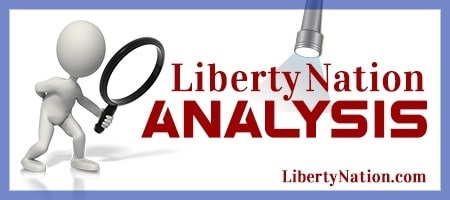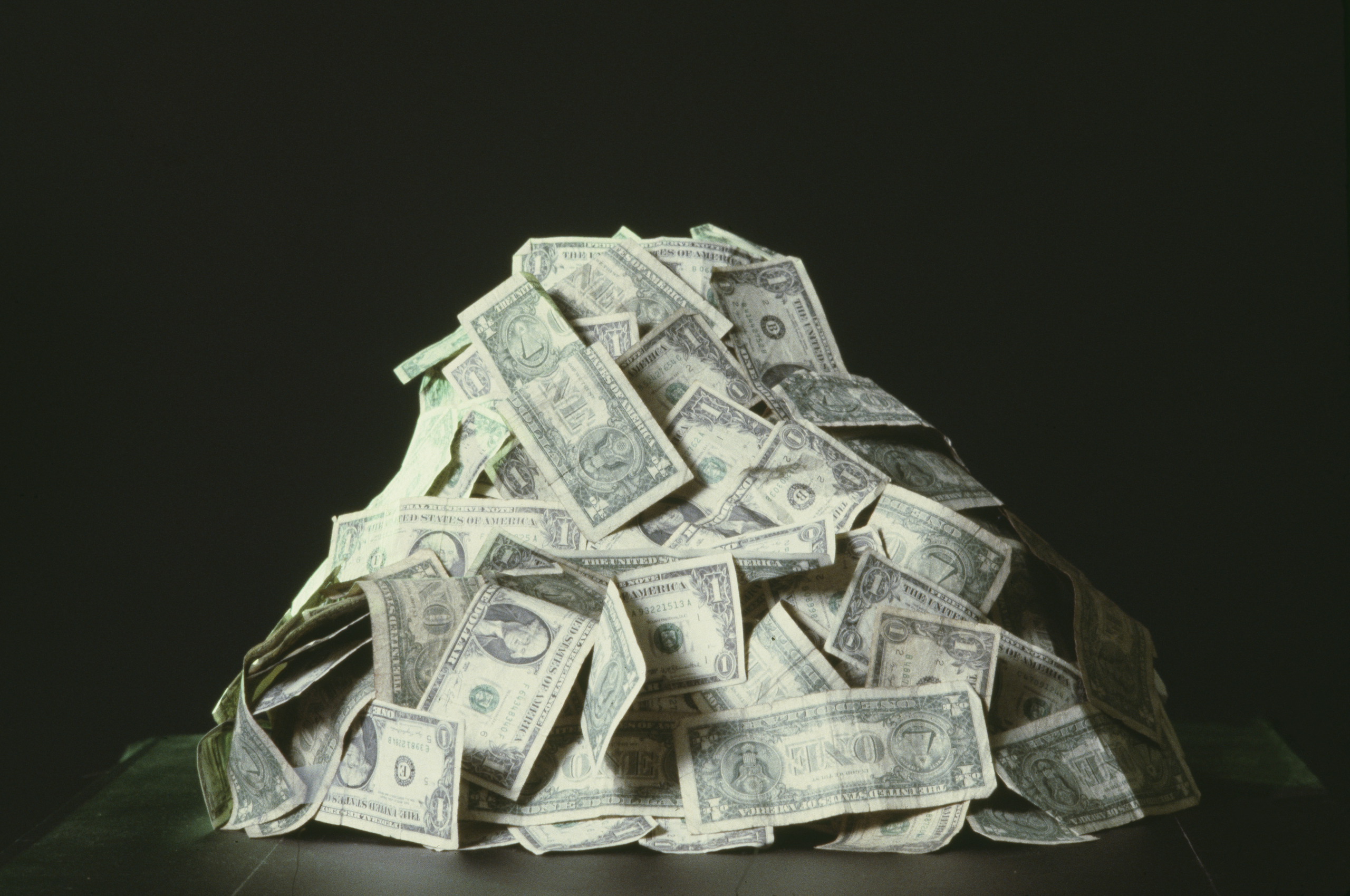Last month, the U.S. annual inflation rate surged to 7.5%. President Joe Biden warned of a long dark winter, and he was not kidding. It might be cold outside, but price inflation is running hot in America. Despite promises from the White House that the American people would begin to see easing in prices, the latest data from the Bureau of Labor Statistics (BLS) show that the consumer price index (CPI) was higher than what the market had even anticipated. With the cost of living the highest it has been in four decades, is the U.S. spiraling into an inflationary crisis leading up to the mid-term elections in November?
Inflation Sizzles in January
 Inflation is up from 7% in December. The market had forecast an increase of 7.3%. This is the highest the CPI has been in four decades. The core inflation rate, which strips the volatile food and energy sectors, advanced 6% in January, up from 5.5% in the previous month. Economists had anticipated a reading of 5.9%. On a monthly basis, inflation and core inflation swelled 0.6%.
Inflation is up from 7% in December. The market had forecast an increase of 7.3%. This is the highest the CPI has been in four decades. The core inflation rate, which strips the volatile food and energy sectors, advanced 6% in January, up from 5.5% in the previous month. Economists had anticipated a reading of 5.9%. On a monthly basis, inflation and core inflation swelled 0.6%.
So, what cost shoppers more to kick off 2022? Once again, just about everything saw an increase in prices, from shelter to food. Here is a snapshot based on BLS’ indexes:
- Food: +7.0%
- Energy: +27%
- New vehicles: +12.2%
- Used cars and trucks: +40.5%
- Apparel: +5.3%
- Medical care: +1.4%
- Shelter: +4.4%
- Transportation services: +5.6%
At the supermarket, your meat bill is as hot as a steak on the barbecue: beef and veal (+16%), pork (+14.1%), ham (+10%), chicken (+10.3%), and fish and seafood (+9.6%). Nearly all your kitchen staples were more expensive, too: eggs (+13.1%), milk (+6.8%), fruits and vegetables (+5.6%), coffee (+9.3%), and bread (+5.9%).
With Old Man Winter blanketing millions of Americans with ice, snow, and freezing temperatures, it is costing more to stay warm, with electricity prices up 10.7%. Filling up your automobile soared 40%. The roof over your head is, well, through the roof as rent is up 4.4%. Considering that house prices stopped being added to the CPI measurement for the last 50 years, it is safe to say that price inflation would be higher since real estate valuations are climbing nationwide.
Suffice it to say, nearly everything in the marketplace recorded gains: Funeral expenses were up 2.4%, eyeglasses rose 2.2%, men’s suits soared 13.6%, window coverings climbed 16.2%, and margarine swelled 9.2%. The only products that eased to start the fresh calendar year were carbonated drinks (-0.2%), men’s pants (-0.8%), girls’ apparel (-4.3%), cosmetics (-1.7%), and smartphones (-13.3%).
In a separate report, the BLS also confirmed that real average hourly earnings fell 1.7% year-over-year. Also, when the change in real average hourly earnings are factored with the 1.4% drop in the average workweek, real average weekly earnings tumbled at an annualized pace of 3.1%.
Bulls Running Scared

(Photo by Alfred Gescheidt/Getty Images)
Before the opening bell, the leading U.S. stock market benchmark indexes were in the red. The Dow Jones Industrial Average shed nearly 100 points, the S&P 500 dipped 0.7%, and the tech-heavy Nasdaq Composite Index lost close to 200 points. The inflation hedges were mixed: Gold and Bitcoin fell, while silver prices and the U.S. Treasury yield rose. The U.S. Dollar Index (DXY), which gauges the greenback against a basket of currencies, added 0.28% to 95.76.
Now What?
If the Federal Reserve purported the slightest apprehension about raising interest rates and shrinking the more than $8 trillion balance sheet, the U.S. central bank will likely abandon any consternation regarding quantitative tightening. With price inflation showing no signs of abating, Fed Chair Jerome Powell and the rest of his subordinates inside the Eccles Building will need to pull the trigger on rate hikes, potentially accelerating on the path toward fed fund rate normalization. In other words, a 25-basis-point hike here and a 25-basis-point hike there might not be enough if the institution wishes to rein in inflation.
The post-pandemic economy could be in a world of hurt if the next jobs report slumps, the first-quarter gross domestic product (GDP) meets the Atlanta Fed Bank’s forecast, inflation remains elevated, and the broad array of economic measurements remain anemic. By then, there is nothing else public policymakers can do since they might be out of ammunition to stimulate – and rescue – the economy from the pit of stagflationary despair.
~ Read more from Andrew Moran.



